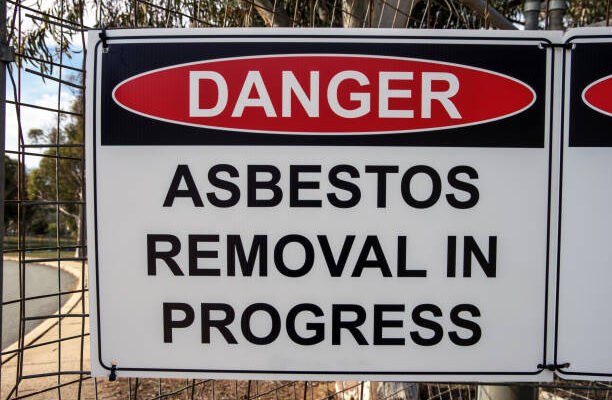Asbestos Rules In Australia

Asbestos is a naturally occurring mineral that comprises long, thin fibres. It has been used in various products, like insulation and fireproofing, because of its resistance to heat and chemical damage. However, when these fibres are inhaled, they can become lodged in the lungs and other tissues, causing serious health problems. Asbestos exposure is the leading cause of mesothelioma, a rare and aggressive form of cancer. It is also associated with lung cancer, asbestosis, and other respiratory diseases. While efforts have been made to reduce asbestos exposure in the workplace, it remains a major health hazard. Those who work with Asbestos products should take precautions to avoid inhaling the fibres. It is important to be aware of the symptoms of asbestos exposure so that you can seek medical attention if you think you may have been exposed.
What is Asbestos Exposure Standard?
There is no “risk-free” level of asbestos exposure below which no worker would be in danger of developing an asbestos-related illness. The guideline for asbestos exposure under asbestos legislation Melbourne is not a ‘thin line between safe and unsafe working conditions.
Asbestos Status in Australia
In Australia, Asbestos is illegal to use. Asbestos and asbestos-containing items are prohibited from being brought into the country, made, supplied, sold, used, or recycled. In December 2003, a ban on Asbestos became part of asbestos legislation Melbourne. Asbestos may be imported unintentionally into a few products.
Managing Asbestos in the workplace, working with Asbestos, and removing Asbestos all carry legal responsibilities and prerequisites.
The websites of the Asbestos Safety and Eradication Agency and the Australian Border Force have more details about imports and procedures.
How to use Asbestos in the workplace?
Asbestos may still be present in structures and products made before 2004. It was produced, sold, and used in different applications up until the 1980s, including but not limited to:
Carpet tiles made of vinyl
fire blankets
cement-based jointing material for roofs and walls made of cement
To comply with the Occupational Health and Safety Regulations 2017 (OHS Regulations), employers and others in the management or control of workplaces must assess asbestos hazards and implement controls. Asbestos in the workplace must be properly identified and labelled, a register maintained, and any associated health concerns must be managed.
How to remove Asbestos?
Asbestos removal is typically only allowed to be done by certified professionals. Certain conditions allow for the unlicensed removal of small quantities of non-friable Asbestos.
Asbestos must be removed specifically by trained professionals. Any time asbestos is being removed, they must inform WorkSafe.
For mroe visit: https://heliaehs.au/
